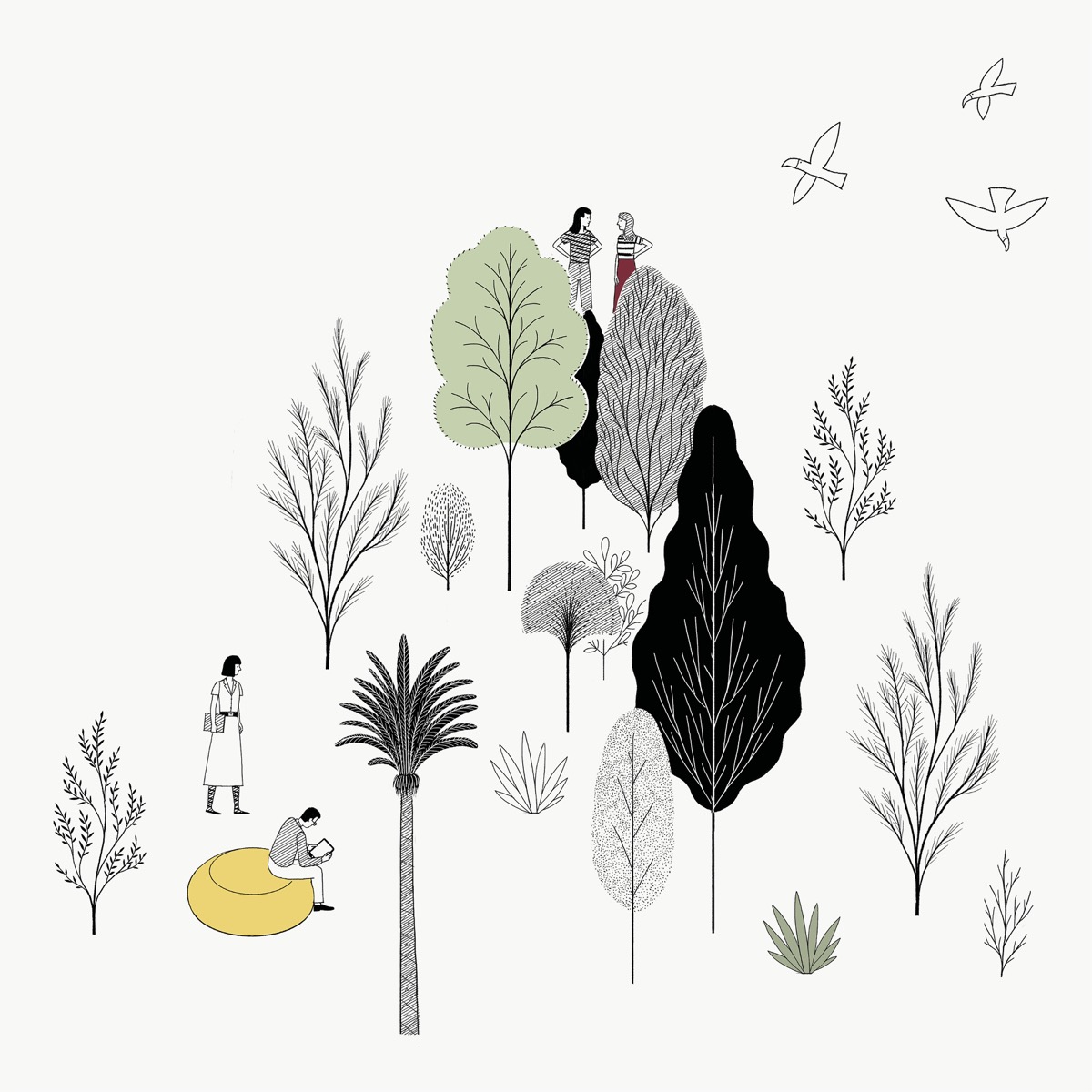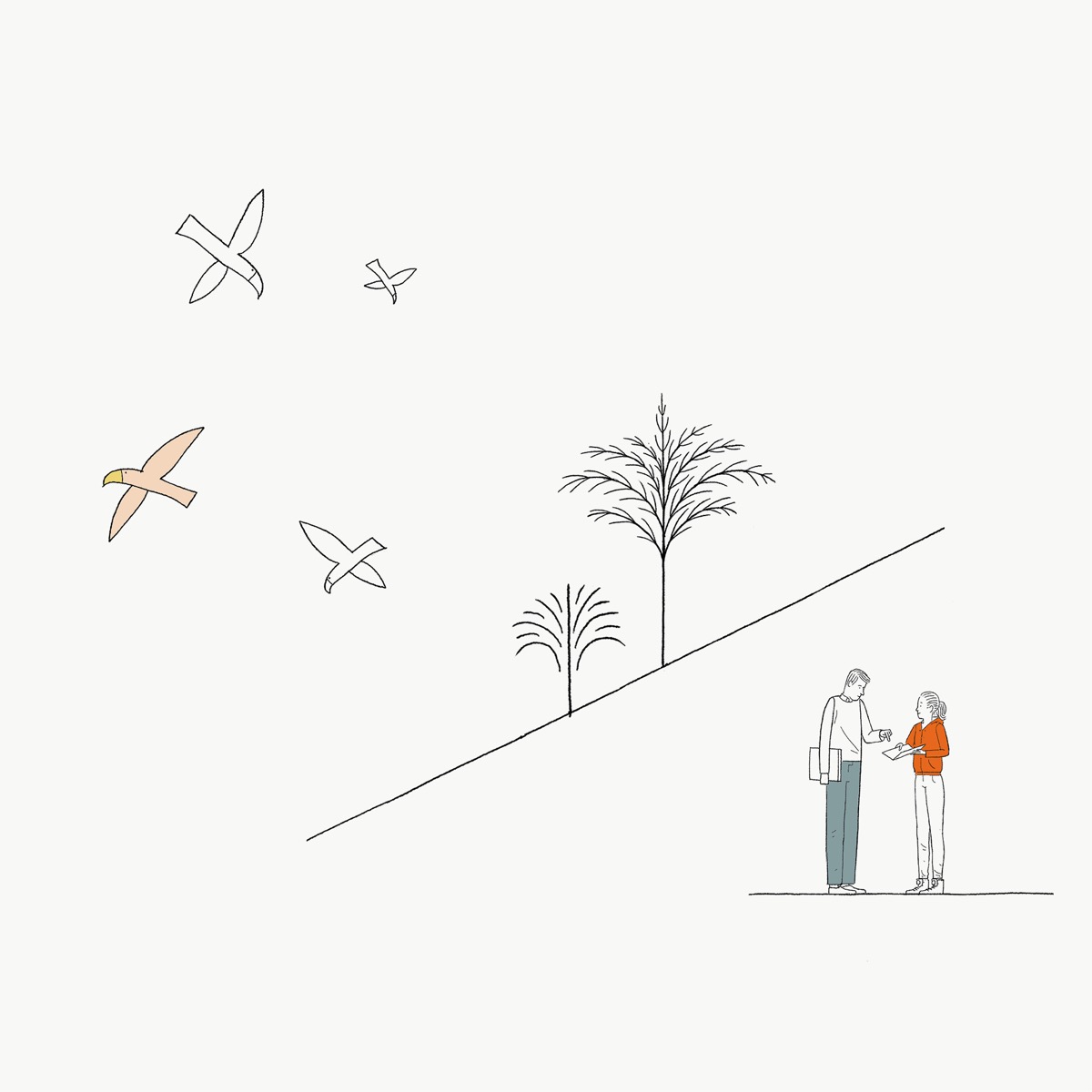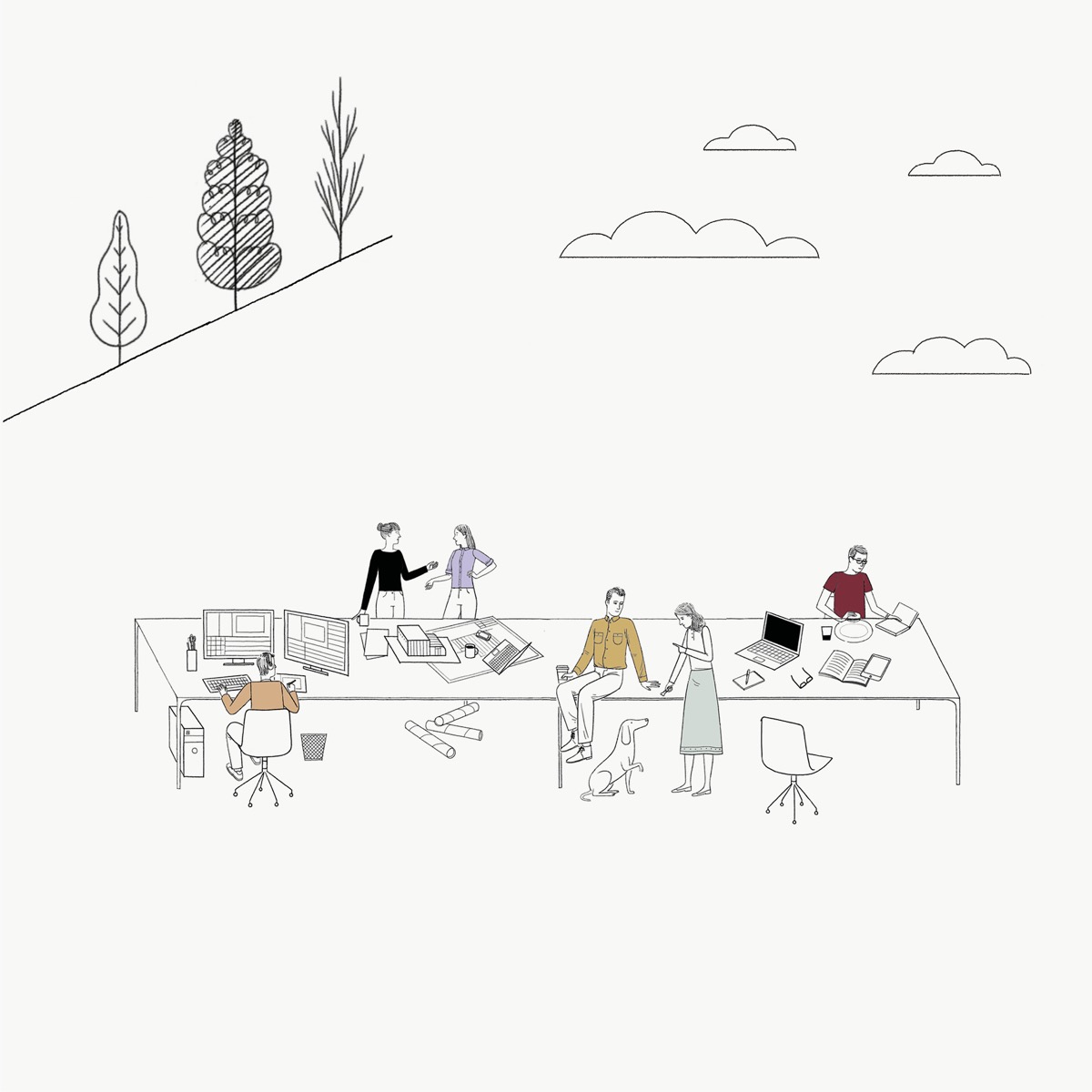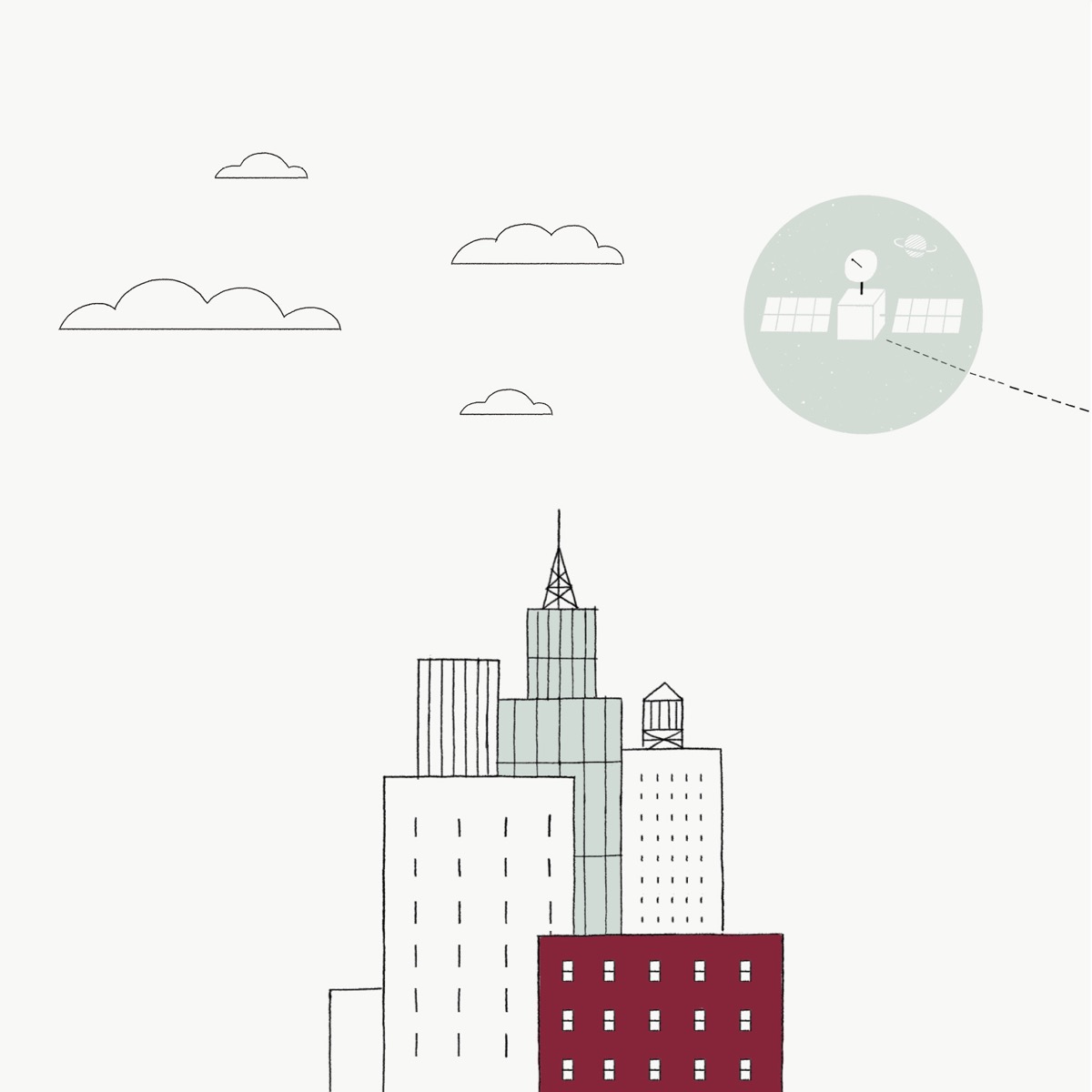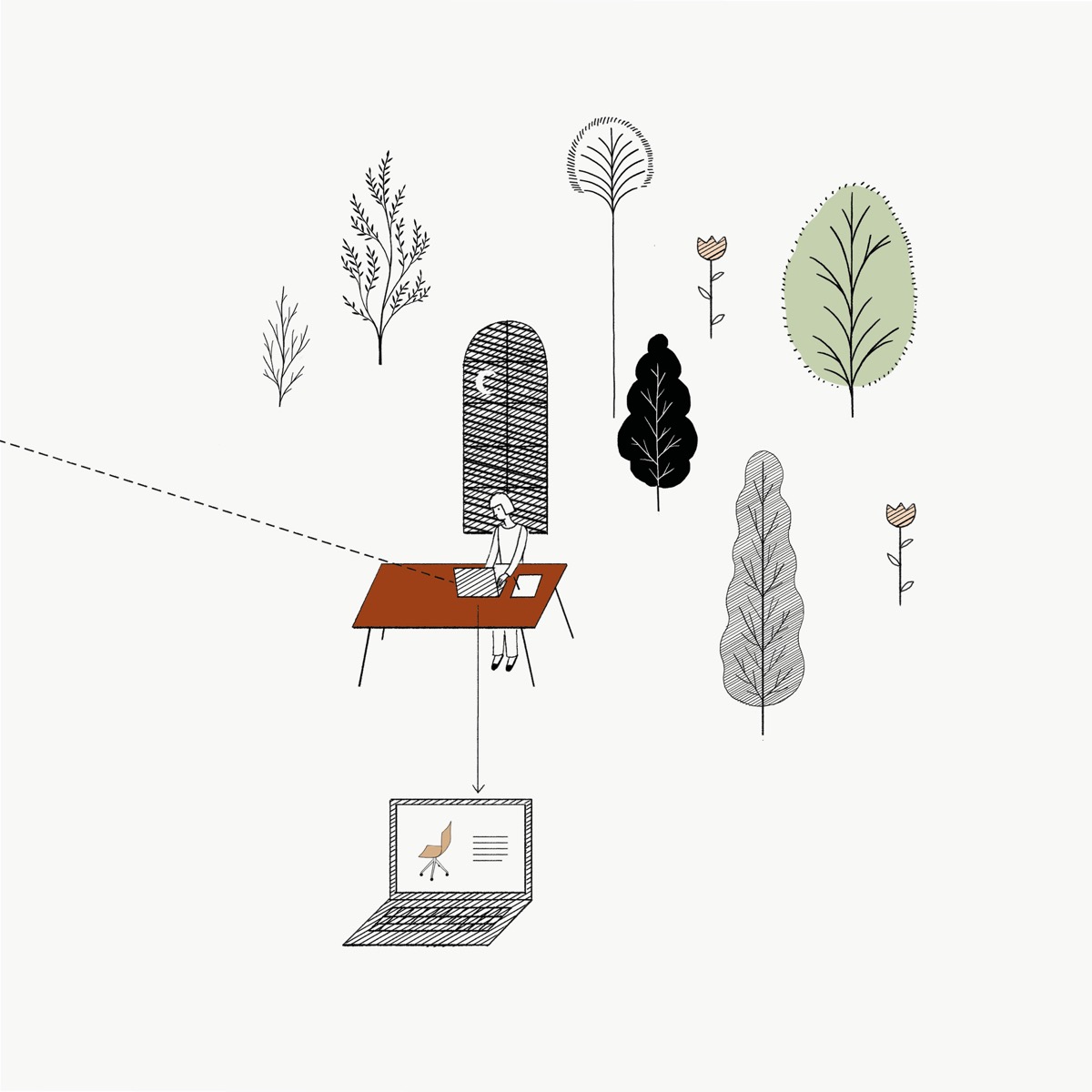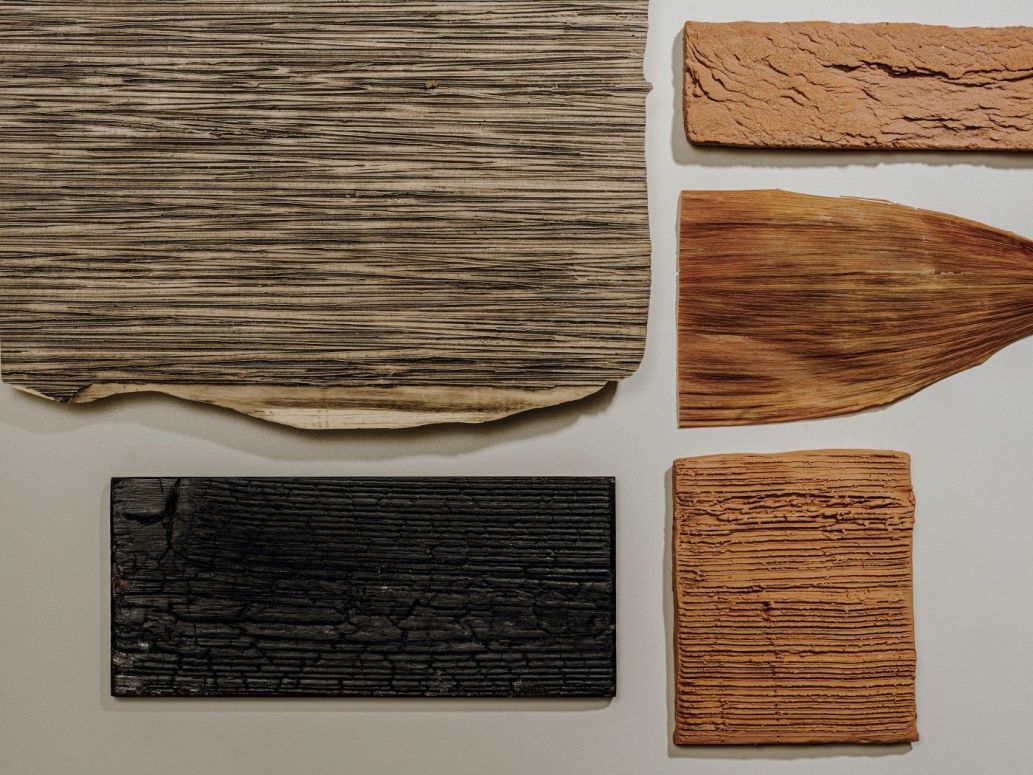
Adell: an Interview with Lievore + Altherr Désile Park
What was the inspiration behind creating a lounge piece?
Lounge areas have changed a lot in the last fifty years, from the formal living rooms and salons of yesteryear where you would host visitors to today’s almost-private spaces designed for relaxation – and increasingly to work in. Today, we are also seeing lounge spaces out of the home, in offices and in-between spaces. We felt that there was something missing within Arper’s offering that would meet the demands of these new lounge spaces – something more lightweight and comfortable.
What are the environments where you imagine Adell?
For Adell, we took a 360-degree design approach. We wanted to create a system that was completely customizable so it could adapt to different uses, expressions, and also price points. Adell’s singular, friendly shape suggests an effortless use in all sectors, but is especially well suited to relaxed seating areas. We created different upholstery and base options to respond to these various types of lounge settings. For example, we imagine the fully upholstered version in hotels, restaurants, airport lounges or offices, while the extra soft, fluffy frontal cover would look great in coworking offices or homes with a more relaxed mood.
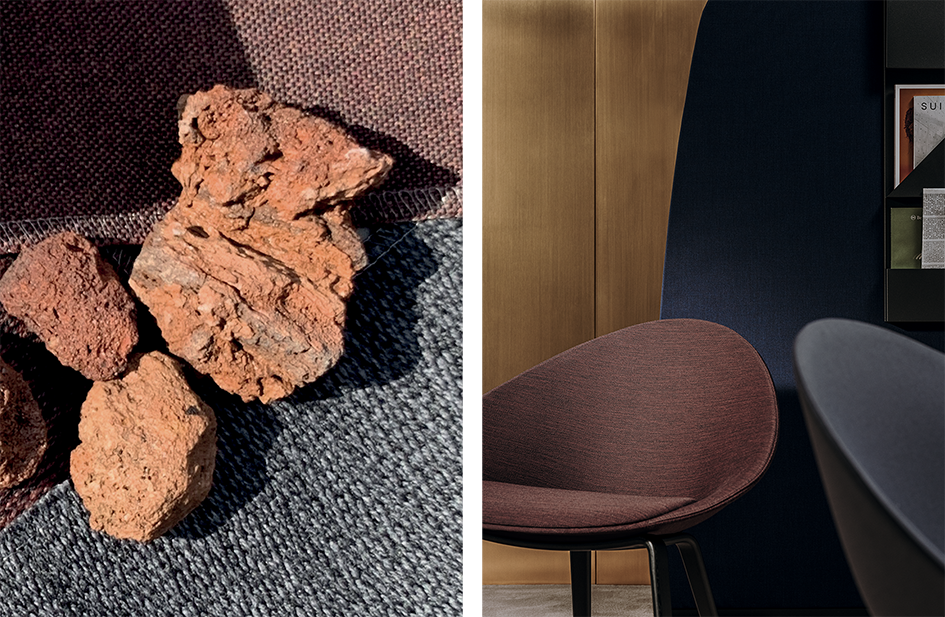

Conversely, the plastic shell would be perfectly situated in educational or healthcare settings where there are higher demands on durability, and the material can be easily cleaned. In these contexts, we see Adell’s visual language working beautifully with Cila and Stacy. And, finally, the soft seat cushion option is ideal for outdoor uses like gardens or terraces – the cushion is removable for winter storage. The different finishes together with the different bases – metal and wood – allow the pieces to adapt to many different uses, while the materials and color allow for different expressions.
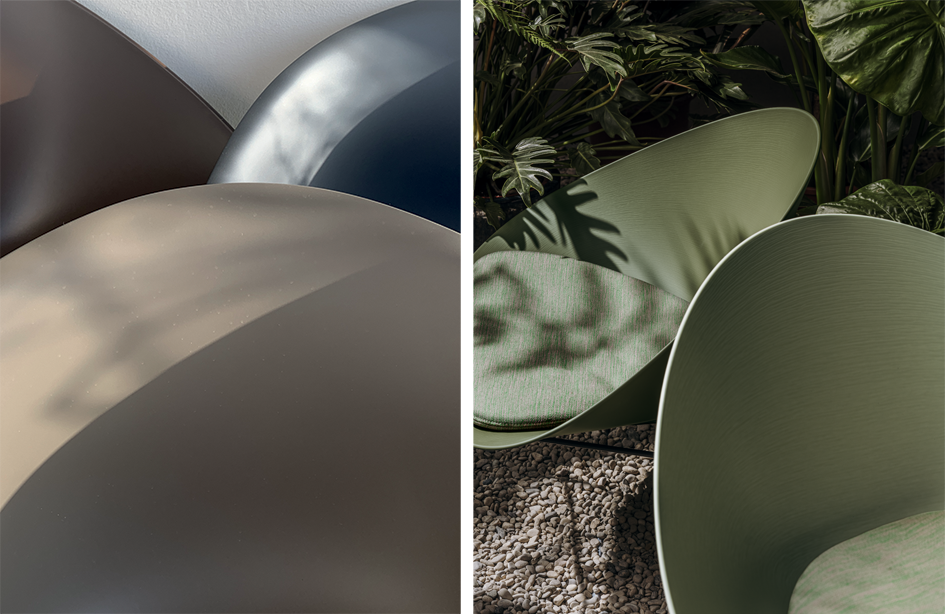

The material choices seem very intentional with this collection. Why did you choose these materials?
Plastic seemed like the obvious material choice for a few reasons: the curves of Adell are best created in plastic, it is a robust and durable material that is great for outdoor use, it is a perfect base for upholstery, and, versus wood, it is a much more affordable option for fabrication. Plus, the slight flex in the plastic makes the overall effect more comfortable instead of the rigidity of wood. Arper’s expertise in plastic fabrication was also a strong consideration.
However, plastic can also be a challenging material to work with from a sustainability perspective.
At first, in our studio we wanted to work with a bioplastic for environmental reasons, but, the more we learned about it, the less we were convinced. For now, bioplastic can actually create an entirely different set of concerns - from the impact on agriculture like deforestation, water consumption to fertilizers and pesticides use, to not having the infrastructure in place to recycle it. Quoting Frederik Wurm, a chemist at the Max-Planck Institute for Polymer Research (1) "Bioplastic can actually be just as harmful as conventional plastic.” (2) Also the EU recommends that recycling should become a valuable business, so to recycle existing plastic might be a better strategy. We realized that problems with plastic that we have today were created by the idea of it as a single-use or cheap throw-away material – an idea that started in the 1970s. We are now beginning to see institutional infrastructure to support recycling – but what do we do with all the raw material? We decided that the most sustainable way forward would be to use 100% recycled plastic.
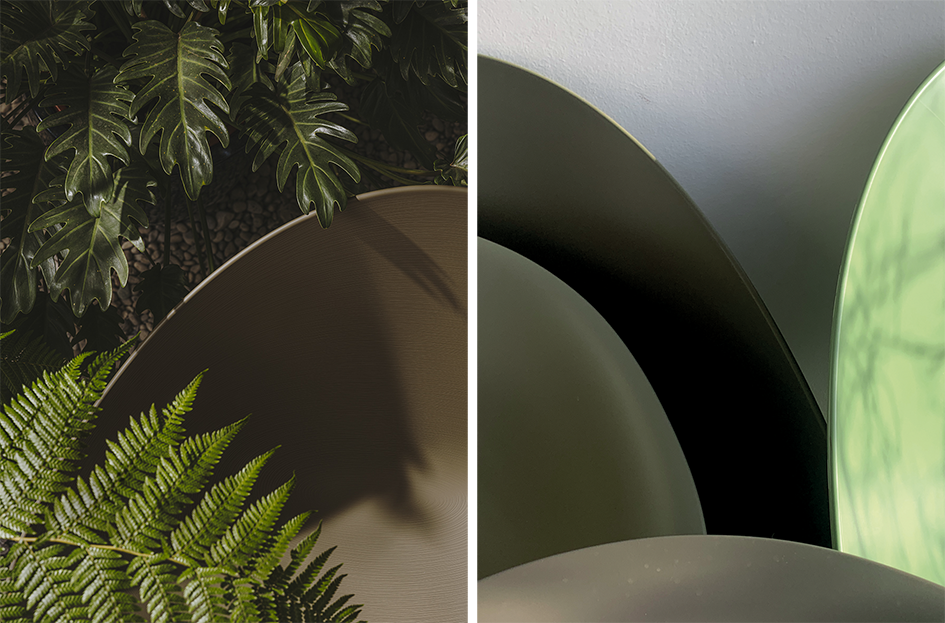

We decided that perhaps plastic could be considered a precious material and be carefully used only when it really makes sense. To ensure its longevity as a material and reduce waste and consumption, we knew we needed to make the design enduring, but also the material should look like something that you want to keep and cherish. The aesthetic of glossy, colorful, translucent plastic—so characteristic of the golden age of plastic—subconsciously confers fast consumption. We wanted to transform these connotations into something precious – recalling the tactile qualities of the natural world. After all, we were inspired by the idea that plastic is based on petroleum that, in its origin, is from organic sources: zooplankton and algae buried underneath sedimentary rock that has been transformed by pressure, heat, and time. To help develop this direction, we created an organic texture that calls to mind the concentric patterns of a tree trunk’s rings. The texture evokes natural materials without being a representation – accepting and celebrating the unregular, the unperfect. Scratches to the surface dissolve in the texture, acting like a patina, not wear.
How was the palette of the collection developed?
The texture determined a lot for the collection. We couldn’t imagine this natural, organic shape and texture with abstract, artificial colors such a clean white, or brilliant, technical colors. We developed a palette of very nuanced tones inspired in organic materials such as wood and leaves. Even the basic colors black and white are not pure graphic colors but softer versions: graphite black and ivory. We also accounted for the difference in color when the piece is in indoor or outdoor lighting. The softer green and brown proved the most challenging – in indoor light they can appear almost grey. Another consideration we had when developing the colors was the scale: the shell is a large surface so every color becomes more intense.
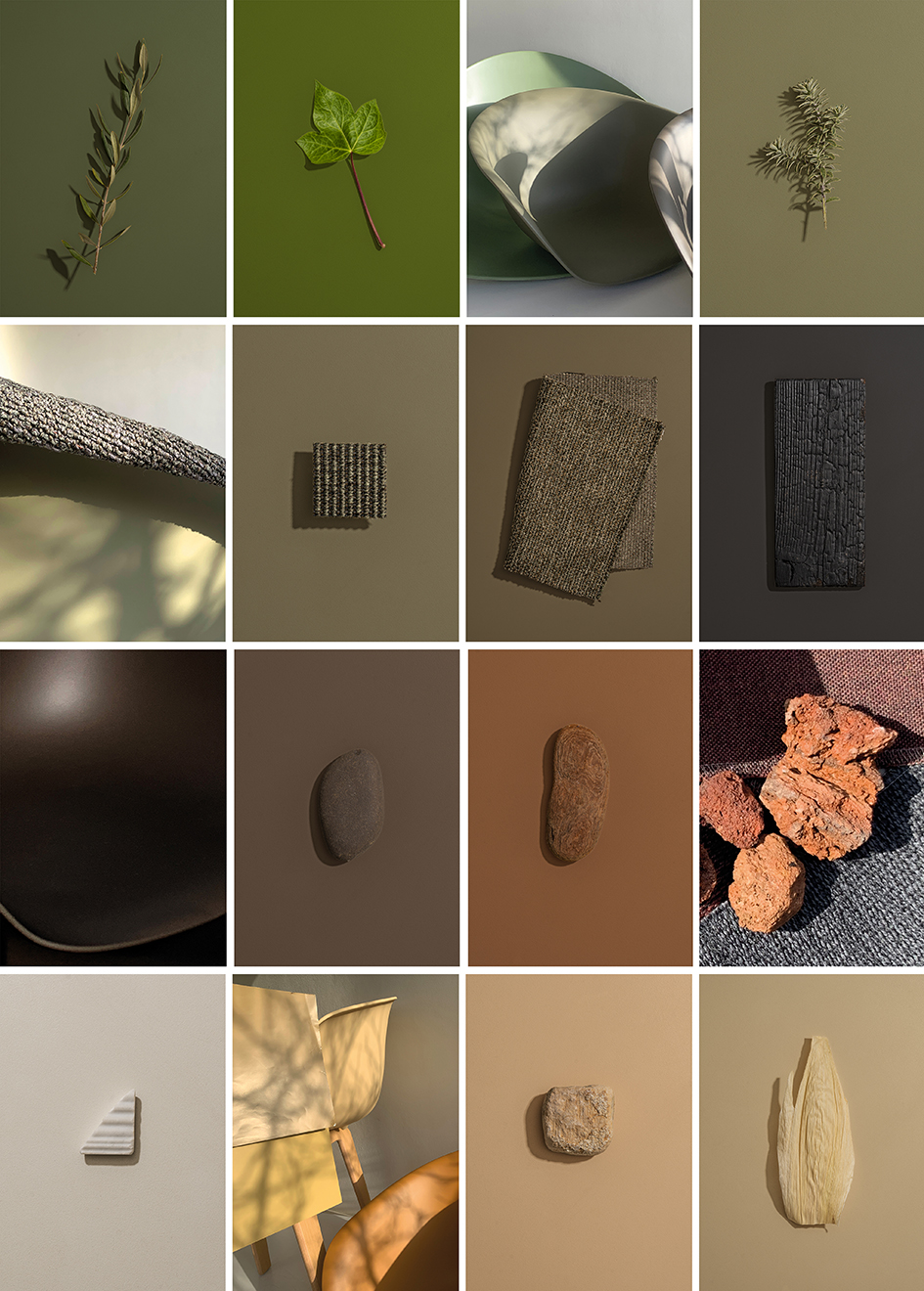

How did you choose the fabric selection?
We face similar challenges as with selecting the plastic colors. We wanted the natural texture to also translate into the fabric and so we chose collections with richer, more variegated textures that match the shell colors.
Beside the aesthetic, did sustainability impact other aspects of the design?
Absolutely. Reduction, reuse, and recycling are central to sustainability or the design. The shell shape can be created in post-industrial plastic which means it can be both recycled and reused. To make it recyclable, we also used pure materials which can be completely disassembled—this is the only way to ensure it is fully recyclable. To make it reusable, we created a flexible component system of shells, bases, and accessories. Because of the care and attention to its construction, and also the enduring qualities of the design, the chair could also be passed on to a new owner and fit seamlessly into a new context. In this way, we can extend the functionality and longevity of each piece to prolong its life and reduce overall waste.
